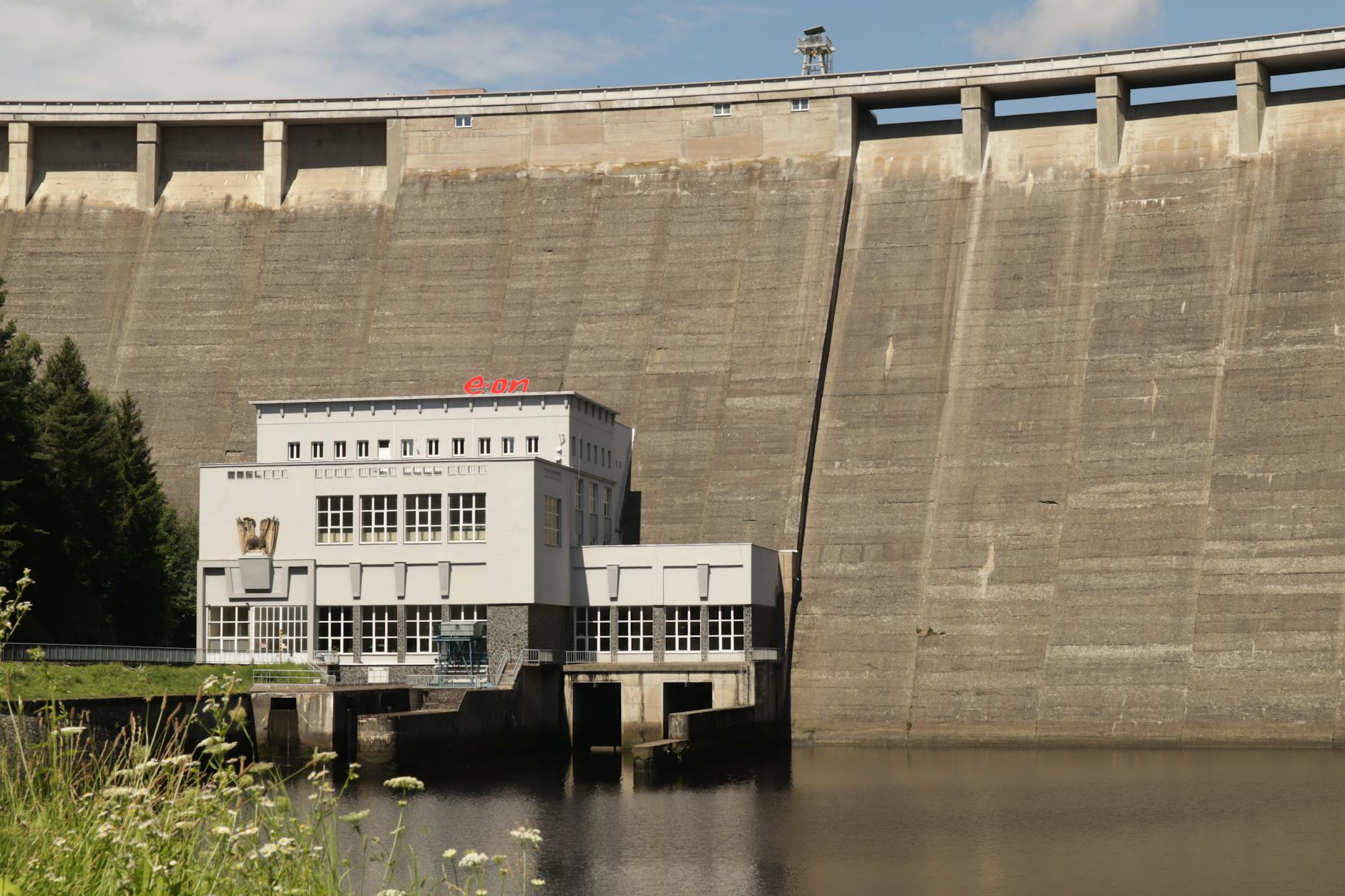Machine Learning Predictive Maintenance: Unlock Million-Dollar Savings
Machine learning predictive maintenance has emerged as a cutting-edge technology that is revolutionizing how businesses maintain their assets. By leveraging advanced algorithms and data analytics, companies can predict when equipment failure is likely to occur, leading to significant cost savings and improved operational efficiency. This innovative approach is reshaping the traditional maintenance practices from reactive to proactive, helping organizations unlock million-dollar savings while optimizing their resources effectively.
Understanding Machine Learning Predictive Maintenance
Machine learning predictive maintenance is a proactive maintenance strategy that uses data-driven insights to anticipate when equipment failures are likely to occur. By analyzing historical data, sensor readings, and other relevant information, machine learning algorithms can identify patterns and trends that signal potential issues before they escalate. This enables maintenance teams to schedule repairs or replacements in advance, minimizing downtime, reducing maintenance costs, and maximizing asset performance.
Key Benefits of Machine Learning Predictive Maintenance
1. Cost Savings: One of the primary benefits of machine learning predictive maintenance is the significant cost savings it offers. By detecting potential failures early on, companies can avoid costly unplanned downtime, emergency repairs, and unnecessary replacements. This results in lower maintenance expenses and higher productivity, ultimately translating into substantial cost savings that can amount to millions of dollars for large-scale operations.
2. Improved Operational Efficiency: Machine learning predictive maintenance helps organizations optimize their maintenance schedules by prioritizing tasks based on the likelihood of failure. By focusing resources on high-risk assets, companies can enhance operational efficiency, reduce inefficiencies, and ensure that critical equipment remains in optimal working condition. This proactive approach minimizes disruptions to production processes, streamlines maintenance workflows, and boosts overall operational performance.
3. Enhanced Asset Reliability: By implementing machine learning predictive maintenance, businesses can extend the lifespan of their assets and equipment. By carrying out predictive maintenance tasks at the right time, based on data-driven insights, companies can prevent premature wear and tear, identify underlying issues before they escalate, and ensure that their assets operate at peak performance levels. This leads to increased asset reliability, reduced breakdowns, and improved overall equipment effectiveness.
4. Data-Driven Decision-Making: Machine learning predictive maintenance relies on the analysis of vast amounts of data to generate accurate predictions and recommendations. By harnessing the power of data analytics and machine learning algorithms, organizations can make data-driven decisions regarding maintenance strategies, resource allocation, and asset management. This enables better planning, optimization of maintenance processes, and continuous improvement based on real-time insights.
Implementing Machine Learning Predictive Maintenance
To successfully implement machine learning predictive maintenance, organizations need to follow a structured approach that includes the following key steps:
1. Data Collection: Collecting relevant data from sensors, equipment readings, maintenance records, and other sources is essential for training machine learning algorithms to predict failures accurately.
2. Data Preprocessing: Cleaning, aggregating, and analyzing the collected data to ensure its quality and relevance is crucial for building reliable predictive models.
3. Model Development: Developing machine learning models using algorithms such as regression, classification, clustering, or neural networks to create accurate predictions of equipment failures.
4. Model Training and Validation: Training the models on historical data and validating their performance using test datasets to ensure their accuracy and reliability.
5. Deployment and Monitoring: Deploying the developed models into the production environment and continuously monitoring their performance to adjust and improve their predictions over time.
By following these steps and leveraging the power of machine learning predictive maintenance, companies can unlock million-dollar savings, improve operational efficiency, and gain a competitive edge in today’s dynamic business landscape.
Conclusion
Machine learning predictive maintenance is a game-changer for businesses looking to optimize their maintenance practices and achieve substantial cost savings. By proactively predicting equipment failures, companies can reduce downtime, lower maintenance expenses, and enhance asset reliability, leading to significant financial benefits and operational efficiencies. With the right technology, data, and expertise, organizations can unlock the full potential of machine learning predictive maintenance and drive their businesses towards success in the digital era.


